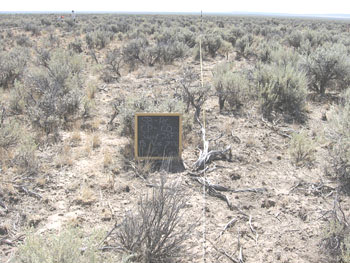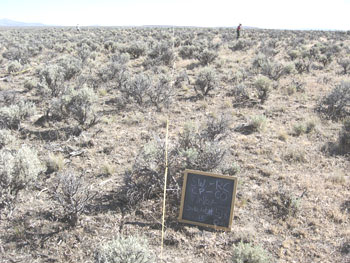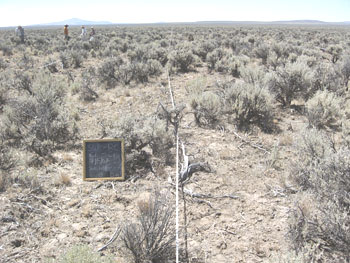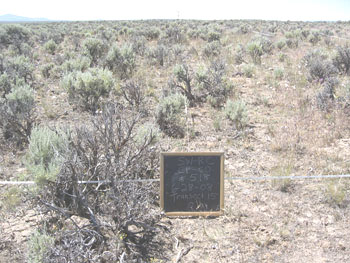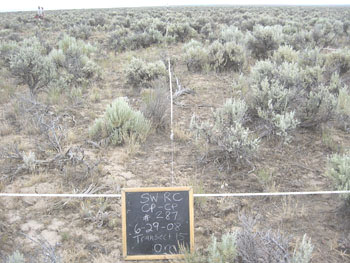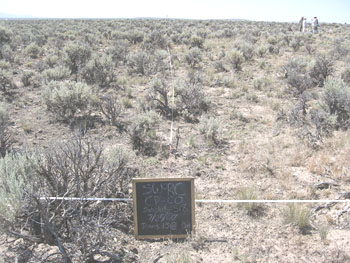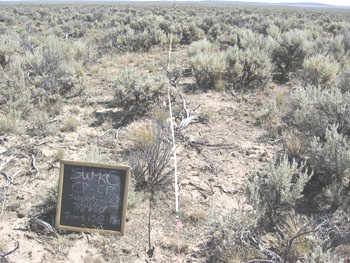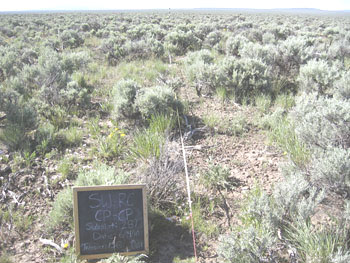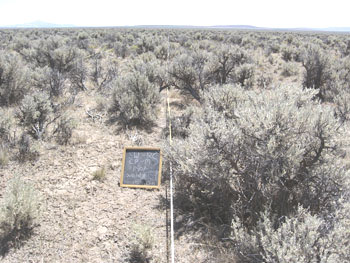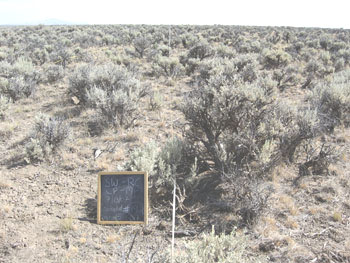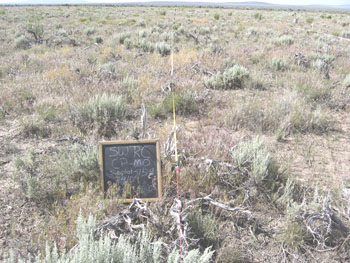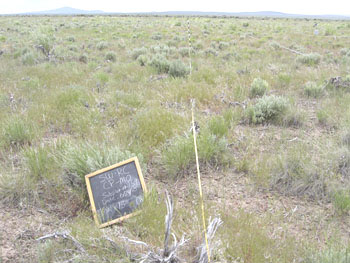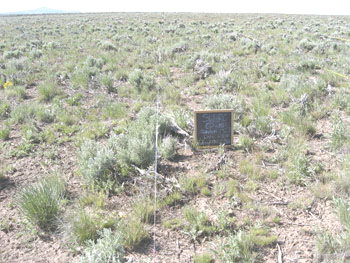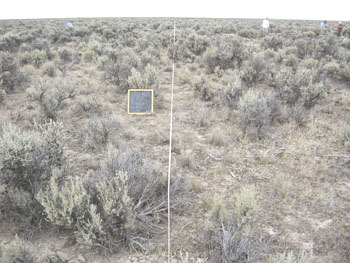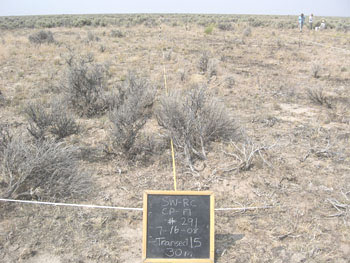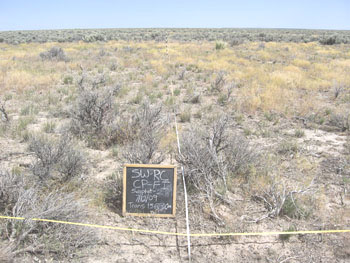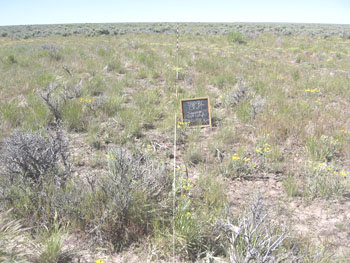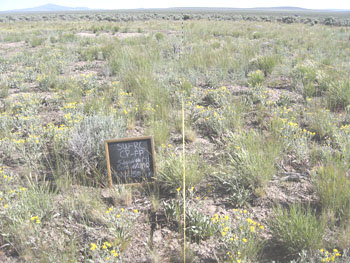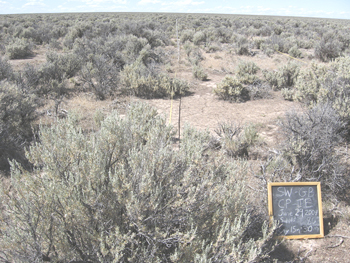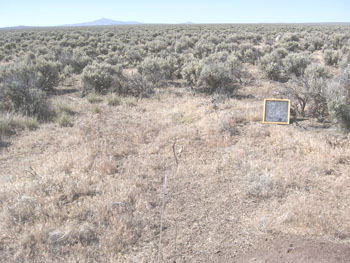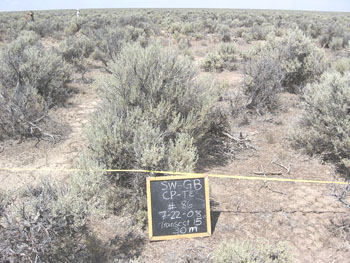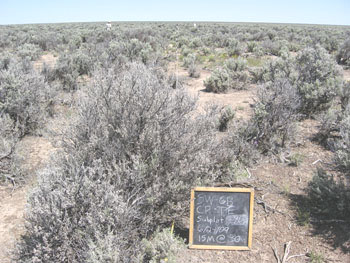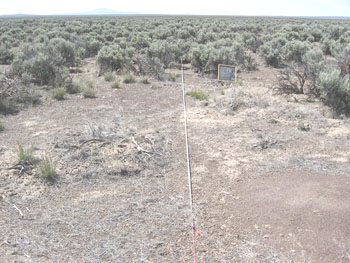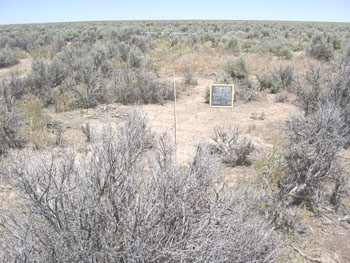Hart Mountain
Hart Mountain – Gray Butte and Rock Creek Sites
| Location: | Lake County, near Lakeview (~70 miles), Frenchglen (~45 miles), and Plush, OR (~20 miles) |
| Elevation: | 4910 ft (Gray Butte) 4950 ft (Rock Creek) |
| Land Management Agency: | U.S. Fish and Wildlife Service, Hart Mountain National Antelope Refuge |
| SageSTEP Site Manager: | Scott Shaff |
| Plots: | Four 200-acre plots at each site (Control, Burn, Mechanical, and Herbicide) |
| Topography: | 0–3 % slope with a general aspect of 200 degrees for entire study area |
| Common Vegetation: | Wyoming big sagebrush, bluebunch wheatgrass, squirreltail, Sandberg bluegrass, Indian rice grass, Therber’s needlegrass, and a varying extent of cheatgrass invasion |
| Representative Land Base: | Vast acreages in the High Desert of Eastern Oregon |
| Soils: | Brace-Raz complex |
| Fire Regime: | The Wyoming big sagebrush type is the driest of the sagebrush steppe communities and historically had a fire return interval of approximately 50-100 years. The introduction of cheatgrass into the sagebrush grassland communities has increased fine fuels and reduced the fire return interval to less than 10 years. |
| Grazing: | No grazing allowed at Hart Mt. and so both sites have remained unfenced. |
| Treatments Implemented: | Rock Creek, Fall 2007; Gray Butte, Fall 2008. For more information about treatments, click here. |
| Wildfire Activity: | All Rock Creek plots burned completely in September 2019, but site will continue to be monitored for wildfire effects. |
Updated 2009
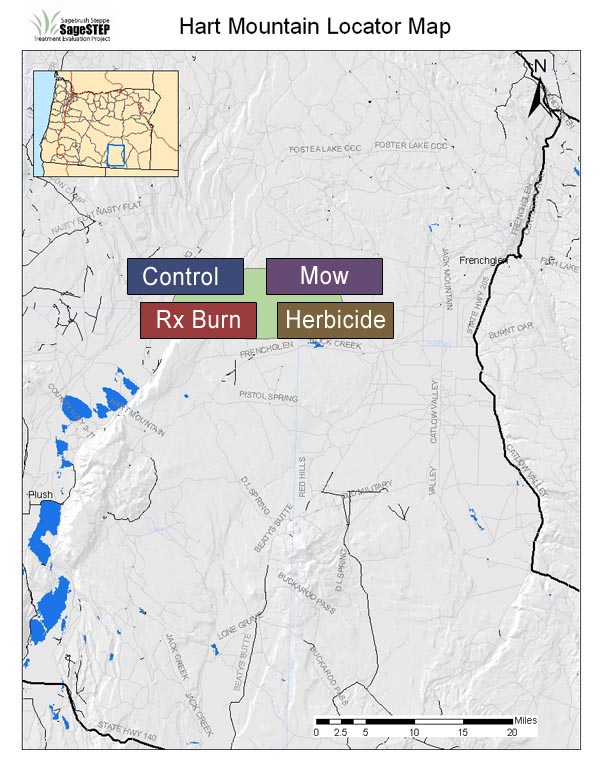
Hart Mountain subplot progress images
High Desert Sagebrush-Cheatgrass Control Subplots
Hart Mountain-Rock Creek Site Yearly Photo Sequence
All of the SageSTEP study sites have a control plot to account for variations that are not related to treatment, such as yearly climatic variation. Plateau pre-emergence herbicide was sprayed on half of the subplots on the control plot to control cheatgrass. The images below show two Rock Creek subplots from 2006–2010, one where Plateau was not used and one where Plateau was sprayed at a rate of 6oz per acre in fall 2006.
High Desert Sagebrush-Cheatgrass Mow Subplots
Hart Mountain-Rock Creek Site Yearly Photo Sequence
The mow treatment was implemented to thin sagebrush and encourage understory growth. Mowing took place at Rock Creek in the fall of 2007 after baseline data were collected. Plateau pre-emergence herbicide was crossed with the mowing treatment on half of the subplots to control cheatgrass. The images below show two subplots from 2007–2010, one where Plateau was not used and one where Plateau was sprayed at a rate of 6oz per acre after treatment.
High Desert Sagebrush-Cheatgrass Prescribed Burn Subplots
Hart Mountain-Rock Creek Site Yearly Photo Sequence
Prescribed burns were implemented at all of the SateSTEP sagebrush-cheatgrass study sites to help land managers better understand the relationship between soil composition, vegetation communities, invasive species like cheatgrass and fires. The Hart Mountain-Rock Creek burn took place in the fall of 2007 after baseline data were collected. Plateau pre-emergence herbicide was crossed with the prescribed burn treatment on half of the subplots to control cheatgrass. The images below show two subplots from 2007–2010, one where Plateau was not used and one where Plateau was sprayed at a rate of 6oz per acre after treatment in fall 2007.
High Desert Sagebrush-Cheatgrass Herbicide Subplots
Hart Mountain-Gray Butte Site Yearly Photo Sequence
Tebuthiuron (Spike 20P) was applied aerially on the Gray Butte herbicide plot to thin the sagebrush and encourage understory growth. This treatment took place in the fall of 2008 after baseline data were collected. Plateau pre-emergence herbicide was crossed with the Spike treatment on half of the subplots to control cheatgrass. The images below show two subplots from 2007–2010, one where Plateau was not used and one where Plateau was sprayed at a rate of 6oz per acre after treatment in fall 2008.
Contact

Site Designed by Kite Media

